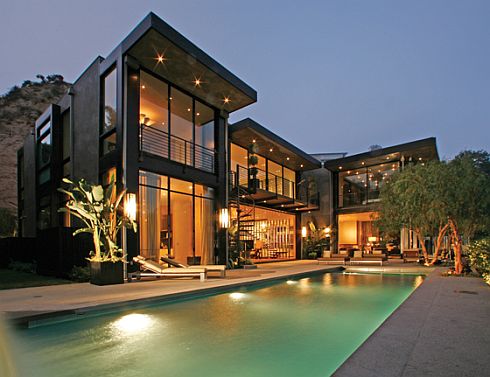Designing an Effective Home Cooling System: Principles and Approaches
Creating a comfortable home environment requires a well-thought-out cooling system, especially in regions where temperatures can soar. An effective cooling system goes beyond just an air conditioning unit; it considers energy efficiency, airflow, and the unique characteristics of the home’s layout. Designing a cooling system that aligns with these factors can make a significant difference in energy consumption, comfort, and long-term cost savings.

This article delves into essential design principles and strategies for developing a home cooling system that is efficient, cost-effective, and suited to various architectural considerations.
Key Principles of Home Cooling System Design
1. Assessing Home Layout and Orientation
Understanding the layout and orientation of a home is the first step in designing a cooling system. Certain areas receive more sunlight than others, and some rooms may have poor ventilation.
- Sun Exposure: Rooms that face the sun throughout the day, especially those on the west and south-facing sides,
 Join a group of 17 620 238 beginner inside designers. Let our residence design instrument information you through an easy journey of creating floor and residential plans, interior design and decor.
Join a group of 17 620 238 beginner inside designers. Let our residence design instrument information you through an easy journey of creating floor and residential plans, interior design and decor. This is just a quite simple and addictive recreation , it is not meant for everyone out there, actually this recreation was created specially to focus on a certain type of people that likes to regulate and mess around with the home decoration, and should you ever felt like you will have completed one thing that’s value sharing, then do not hesitate for a second and publish it to you Facebook and Pinterest accounts, receive your pals onions of what you’ve performed they may truly be utilizing these concepts into their houses and assist a family to begin and get what they need without having to pay any extra charges, and now let me provide you with a quick story over the upcoming live completion, rows of brightly-colored flowers flank a large stone walkaway that leads up to this southern colonial estate in locust grove, Georgia.
This is just a quite simple and addictive recreation , it is not meant for everyone out there, actually this recreation was created specially to focus on a certain type of people that likes to regulate and mess around with the home decoration, and should you ever felt like you will have completed one thing that’s value sharing, then do not hesitate for a second and publish it to you Facebook and Pinterest accounts, receive your pals onions of what you’ve performed they may truly be utilizing these concepts into their houses and assist a family to begin and get what they need without having to pay any extra charges, and now let me provide you with a quick story over the upcoming live completion, rows of brightly-colored flowers flank a large stone walkaway that leads up to this southern colonial estate in locust grove, Georgia. Take a contemporary strategy to the way you reside with Virtual Architect Ultimate Home Design with Landscaping and Decks 7.0. This innovation in house design software delivers the highly effective tools and inspiration it’s essential rework your living space, plus expert assist to get the job completed right.
Take a contemporary strategy to the way you reside with Virtual Architect Ultimate Home Design with Landscaping and Decks 7.0. This innovation in house design software delivers the highly effective tools and inspiration it’s essential rework your living space, plus expert assist to get the job completed right. SmartDraw’s dwelling design software program is simple for anybody to use—from beginner to professional. With the help of professional templates and intuitive tools, you’ll create a room or home design and plan shortly and easily.
SmartDraw’s dwelling design software program is simple for anybody to use—from beginner to professional. With the help of professional templates and intuitive tools, you’ll create a room or home design and plan shortly and easily.